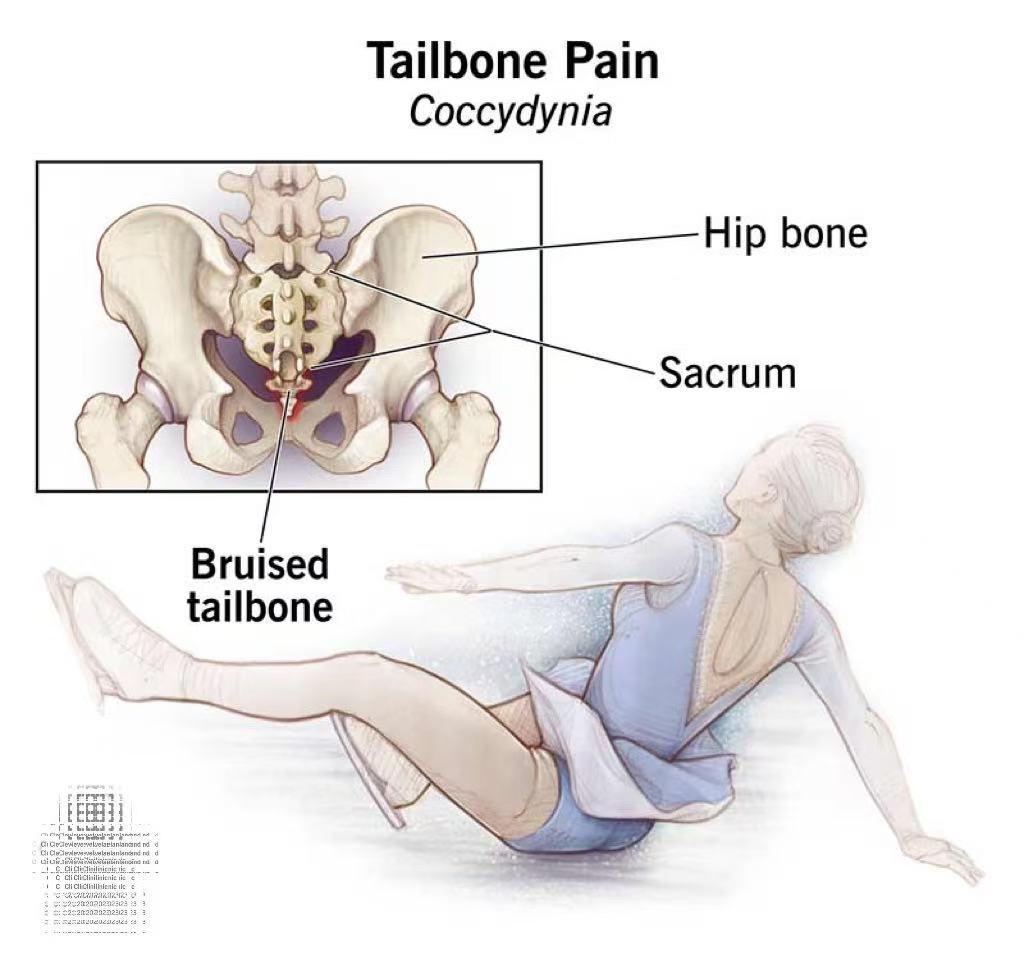Hamstring injuries (HSIs) remain one of the most prevalent and challenging sports injuries in football, accounting for 12-24% of all injuries with alarmingly high recurrence rates. The 2023 consensus statement published in the British Journal of Sports Medicine, endorsed by FIFA, represents a landmark advancement in evidence-based management of these debilitating injuries. Developed through rigorous collaboration among international experts, this guideline provides a comprehensive framework for prevention, diagnosis, and rehabilitation that is transforming clinical practice worldwide.
The consensus emphasizes prevention as the cornerstone of HSI management. Nordic Hamstring Exercises (NHE) maintain their position as the gold standard intervention, demonstrating a remarkable 51% reduction in injury risk when implemented at least twice weekly. The guidelines introduce novel recommendations regarding training load management, particularly the critical importance of gradual high-speed running progression during preseason, with weekly volume increases capped at 10% to avoid overloading vulnerable muscle tissue.
Diagnostic approaches have evolved significantly through this consensus. While MRI retains its status as the imaging modality of choice for precise injury grading, the statement highlights the emerging role of ultrasound in tracking fascial healing patterns. Perhaps most innovatively, the guidelines establish functional testing criteria, including single-leg bridge endurance and eccentric strength asymmetry thresholds (>15%), as powerful predictors of reinjury risk that should inform clinical decision-making.
The rehabilitation protocol presents a structured, phase-adaptive approach. Beginning with careful pain management in the acute phase, the progression systematically advances through isometric to eccentric loading, with sport-specific drills introduced by week three. The return-to-play criteria represent a particular advancement, requiring not only 90% eccentric strength symmetry but also completion of football-specific movements at near-competitive intensity.
The consensus provides crucial clarification on several clinical controversies, notably concluding that PRP injections lack sufficient evidence for routine use in acute HSIs. It also cautions against aggressive early-phase stretching, which may impede healing. Perhaps most significantly, the guidelines highlight the often-overlooked psychological aspects of recovery, mandating assessment of athletes' fear of reinjury - a factor strongly correlated with poor outcomes.
This consensus statement marks a paradigm shift from generic rehabilitation protocols to individualized, football-specific recovery pathways. By standardizing care globally, it empowers clinicians to significantly reduce the substantial burden of HSIs, which typically cost players 17 days of lost participation per incident. For sports medicine professionals working in football, these evidence-based recommendations provide an indispensable resource for optimizing athlete care and performance.
Reference:
Van Dyk N, et al. Br J Sports Med 2023;57:278-291. doi:10.1136/bjsports-2022-106406




